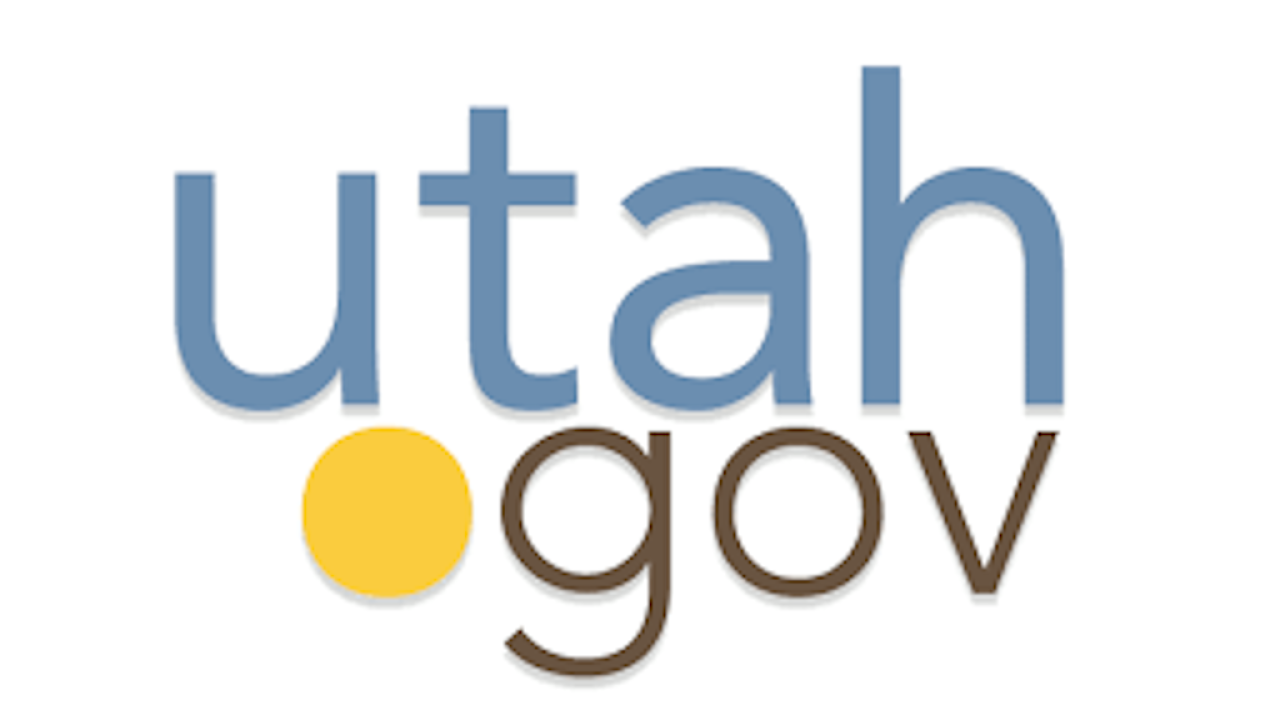Title Page
-
Company Name
-
Conducted on
-
Prepared by
-
Location
For Dine-In Services
-
Dine-in services, including bu ets and bars, may be open under the following requirements
-
Limit tables to groups of 10, preferably members of the same household
-
Groups of patrons at a table must maintain a distance of 6 feet from patrons of other parties at all times. Either move tables or mark off tables not to be used
-
In waiting areas, a 6-foot distance must be maintained between parties, whether indoor or outdoor
-
Maintain signage to remind individuals from separate parties to stand at least 6 feet apart; waiting area has oor markers to indicate proper spacing
-
Hosts preferably open doors for customers and guide them to their seats to prevent tra c or congregating; hand sanitizer available at door
-
Recommendation that upon entry, hosts point guests to signage that includes the following information:<br> - Outlines symptoms* and encourages that if the patron, or someone they live with, has experienced COVID-19 symptoms, to please order takeout instead<br> - Recommendation for high-risk individuals*** to order takeout/delivery instead of dining in for the protection of that individual
-
Manager checks each employee for symptoms before every shift and asks if any member of the employee’s household has tested positive for COVID-19 in the past 14 days. Log must be kept and available for inspection by the local health officer
-
Staff must wear face coverings at all times and perform hand hygiene between interactions with each table
-
Cups, lids, napkins and straws must be handed directly to customers by staff
-
Do not place utensils on table until patron is seated
-
Encourage contactless and non-signature payment; when not possible, card and payment stations must be sanitized after each use. Staff must sanitize hands between handling payment options and food/containers
-
Staff avoid touching items that have been placed on the table (menus, plates, utensils, pens, cups, etc.). The table will be cleared by a dedicated staff member once all guests have left
-
Dedicated staff member sanitizes the area occupied by customers upon departure including tables, menus, pens, salt and pepper shakers, etc. and conducts sanitization of high-touch surfaces throughout the day as needed
-
Consider use of disposable items if necessary
-
The restaurant may not operate if PPE, EPA-approved disinfectants and sanitizers, soap, and other necessary cleaning supplies are not available; sanitizer is effective against COVID-19. Chlorine (bleach) at 100-200 ppm is recommended
-
Hand sanitizer must be available immediately adjacent to bathrooms
-
Close restaurant for cleaning and disinfecting in the morning and evening. Cleaning and disinfecting includes all tables, chairs, door handles, floors, bathrooms, and any high-touch surfaces
-
Buffet and self-serve restaurants will provide utensils, cups, plates and other service items only from the counter where food is ordered.
-
None of these items will be accessible to the public. Buffet style restaurants will provide servers who will serve the meals from buffet to limit exposure
-
Stagger workstations so employees are not facing one another and are 6 feet apart unless barriers are used, or face coverings are worn
-
To-go boxes, pizza boxes, paper cups, and any other paper product that touches food must be treated as food
-
Staff must use gloves when handling ready-to-eat foods (including ice). Gloves are not required when handling foods that have yet to be cooked
-
Indoor playgrounds in restaurants remain closed
For Takeout Services
-
Symptom checking of employees (checklist or verbal), including temperature checks when feasible
-
Staff wear face coverings
-
Stagger workstations so workers can maintain a 6-foot distance and do not face one another
-
Encourage contactless payment; if not possible, disinfect transaction terminal between customers
-
Staff must sanitize hands between handling payment options and food/containers
-
When delivering food, drivers use hand sanitizer before passing delivery to customers and use disposable containers/packaging that do not need to be returned
-
Employers provide personal protection equipment such as face coverings, hair nets, gloves, overalls
-
Customers voluntarily provide contact information to assist with contact tracing efforts
General Employer Guidelines
-
Employers exercise extreme caution, with employees working remotely, evaluating workforce concerns, and enacting strategies to minimize economic impact. Businesses that necessitate on-site work should monitor workforce for symptoms and well being.
-
Employers take extreme precautions
-
Provide accommodations to high-risk employees
-
Employees and volunteers operate remotely, unless not possible
-
Symptom* checking in business interactions
-
Face coverings worn in settings where other physical distancing measures are difficult to maintain; ensure that face coverings are available
-
Make every possible effort to enable working from home as a first option; where not possible, workplaces comply with distancing and hygiene guidelines
-
Minimize face-to-face interactions, including with customers (e.g. utilize drive-thru, install partitions)
-
Where distancing and hygiene guidelines cannot be followed in full, businesses should consider whether that activity needs to continue for the business to operate
-
Eliminate unnecessary travel and cancel or postpone in-person meetings, conferences, workshops, and training sessions
-
Require employees to self-quarantine when returning from high-risk**** areas
-
Employers evaluate workforce strategy and concerns and enact strategies to minimize economic impact
-
Employers must not allow any individuals under isolation or quarantine to come to work at any time unless authorized by LHD
Sign Off
-
Name and Signature
















